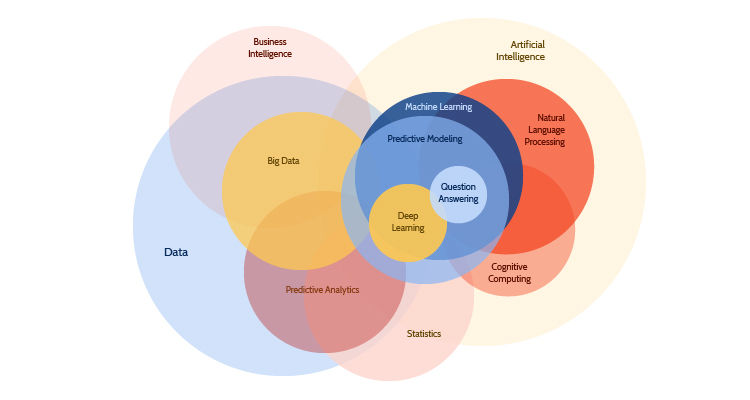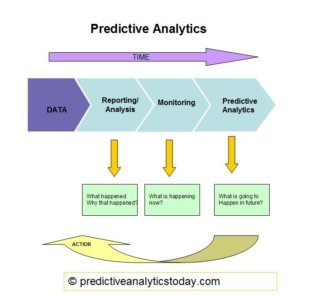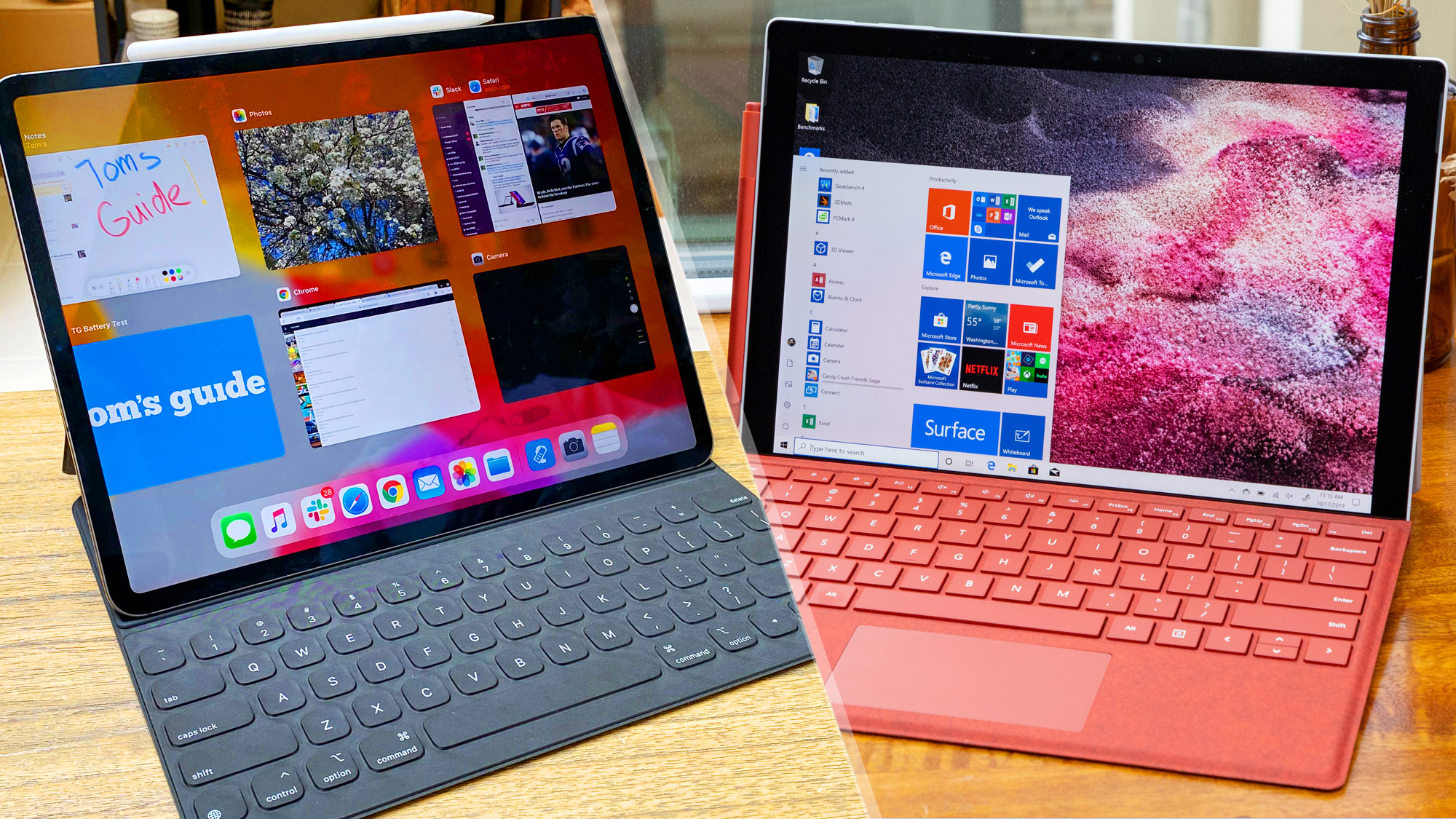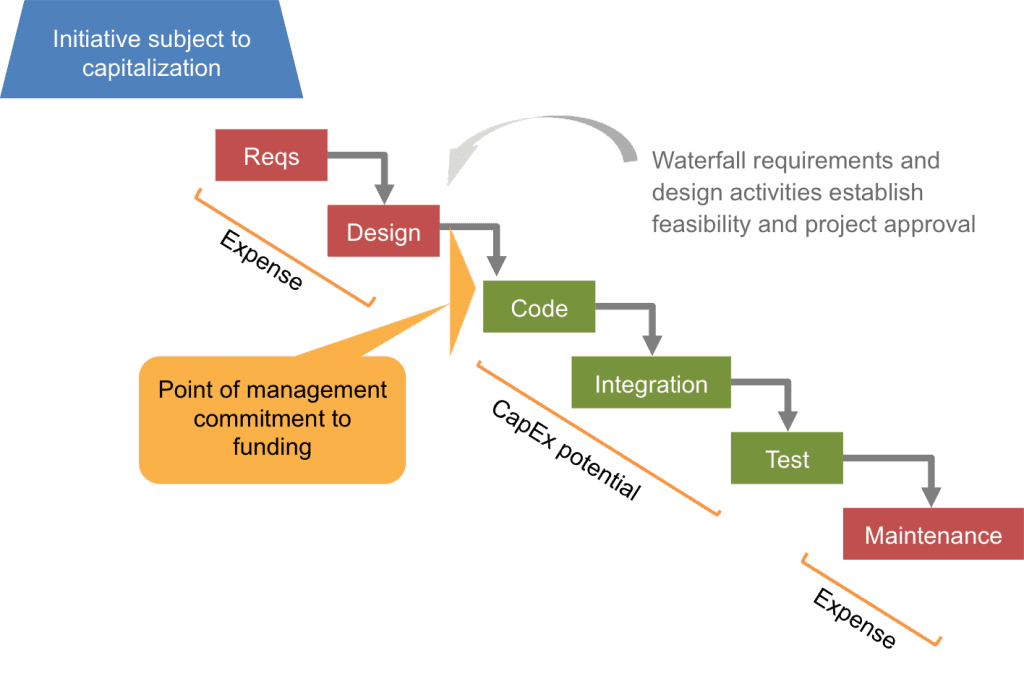Each model is built up by the number of predictors that are highly favorable to. Predictive modeling is the process of creating testing and validating a model to best predict the probability of an outcome.
Predictive modeling is the process of using known results to create process and validate a model that can be used to make future predictions.

Predictive modeling definition. Predictive modeling solutions are a form of data-mining technology that works by analyzing historical and current data and generating a model to help predict future outcomes. It is only numbers and probabilities. Modeling ensures that more data can be ingested by.
A Definition of Predictive Modeling Predictive modeling has been around for decades but only recently was it considered a subset of AI often linked to machine learning. Based on known past behavior what is most likely to happen in the future. The dataset and original code can be accessed through this GitHub link.
Predictive models are really an extension of some of the basic principles we learned at school and predictive modeling is in essence a guessing game a very sophisticated and scientifically based guessing game that uses algorithms and models to project an outcome. It is a statistical analysis technique that enables the evaluation and calculation of the probability of certain results related to software systems or an entire IT environment. Predictive modeling is a technique that uses a set of data to predict future outcomes.
For example if a company were switching from an analog controller to a digital controller a predictive model could be used to estimate the performance change. What is Predictive Modeling. Predictive models are used for forecasting inventory managing resources setting ticket prices managing equipment maintenance developing credit risk models and much more.
Predictive modeling a tool used in predictive analytics refers to the process of using mathematical and computational methods to develop predictive models that examine current and historical datasets for underlying patterns and calculate the probability of an outcome. Its used to predict the likelihood of specific outcomes based on data collected from similar past and present events. Always remember that a model is not perfect.
Predictive analytics is applicable and valuable to nearly every industry from financial services to aerospace. This includes using probability and data mining procedures in the forecast of outcomes. Classification predictive problems are one of the most encountered problems in data science.
Predictive modeling is a process through which a future outcome or behavior is predicted based on the past and current data at hand. Predictive modeling also called predictive analytics is a mathematical process that seeks to predict future events or outcomes by analyzing patterns that are likely to forecast future results. It is most closely associated with predictive analytics which focuses on using machine learning to predict what might happen next.
Predictive modeling is often used to clean and optimize the quality of data used for such forecasts. What Does Predictive Modeling Mean. Predictive models are used to predict behavior that has not been tested.
Predictive modeling is the subpart of data analytics that uses data mining and probability to predict results. The goal of predictive modeling is to answer this question. Nearest Neighbors Decision Trees and Support Vector Machines SVMs.
A number of modeling methods from machine learning artificial intelligence and statistics are available in predictive analytics software solutions for this task. Predictive analysis more commonly known as predictive analytics is a type of data analysis which focuses on making predictions about the future based on data. Predictive modeling is a commonly used statistical technique to predict future behavior.
In this article were going to solve a multiclass classification problem using three main classification families. Predictive modeling is a statistical technique and process used to forecast future outcomes. What is Predictive Modeling.


/essential-project-manager-skills-2062461-FINAL-6d14c53d377b4b359549e6269aea9000.png)










